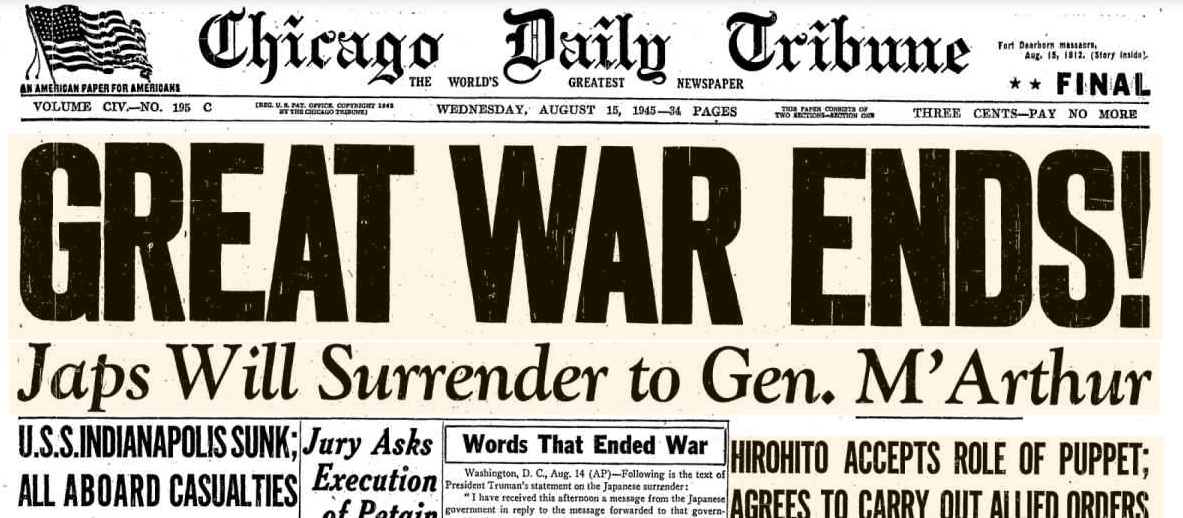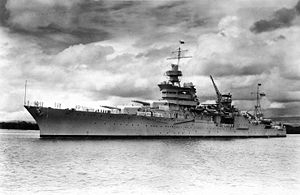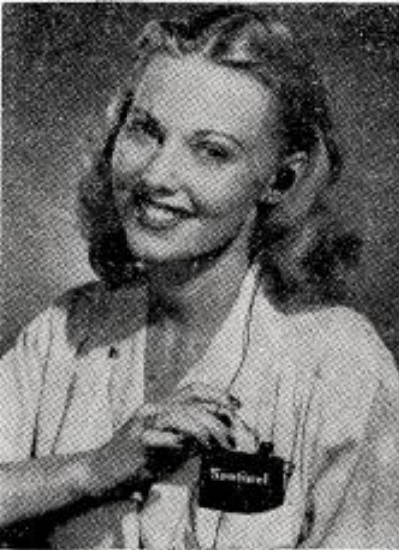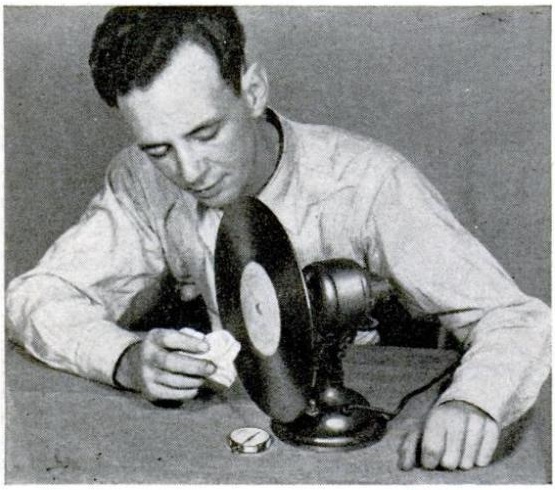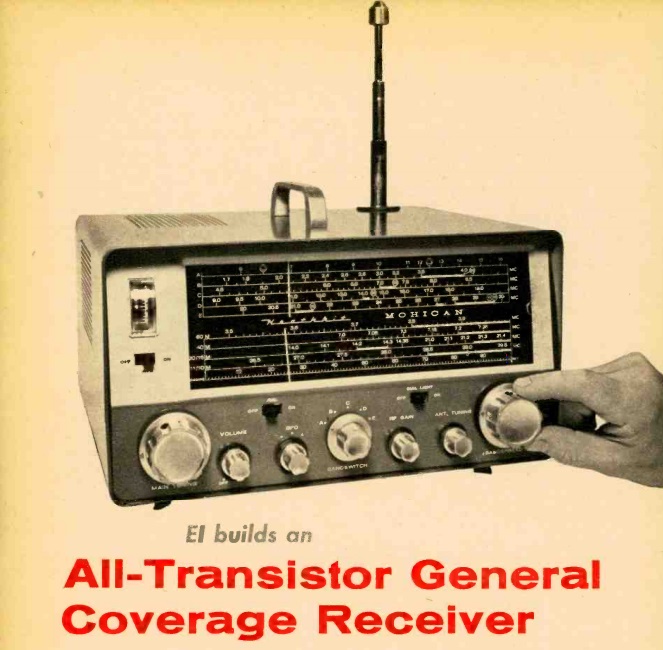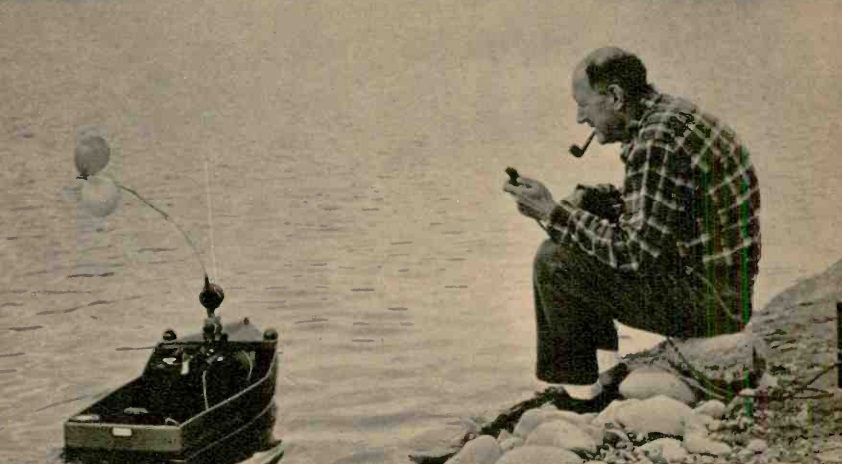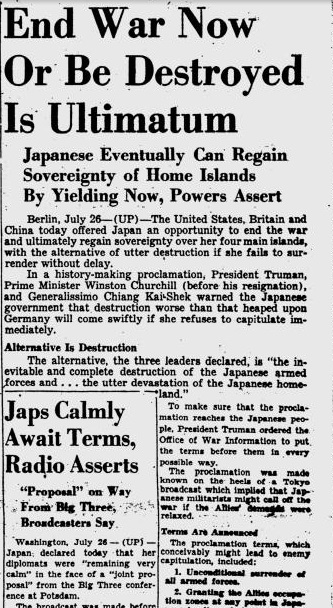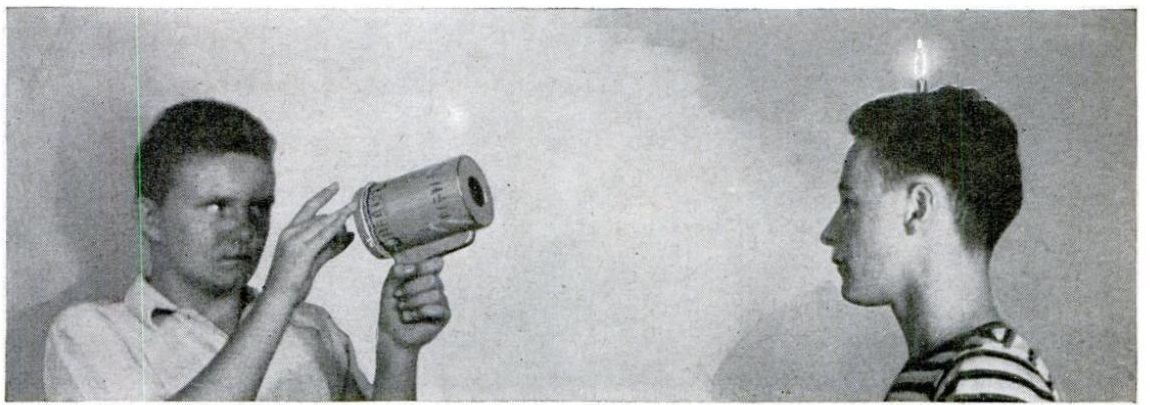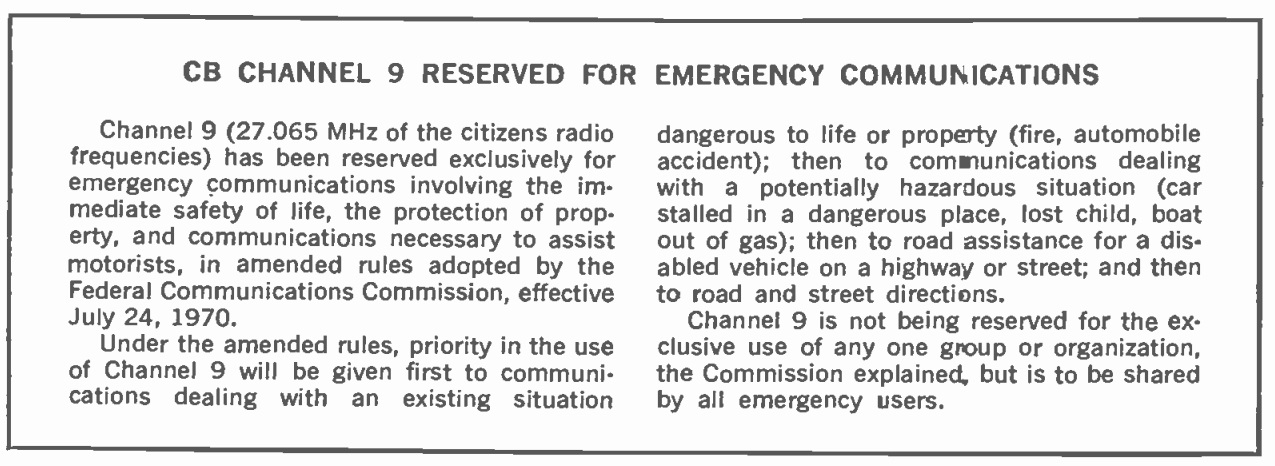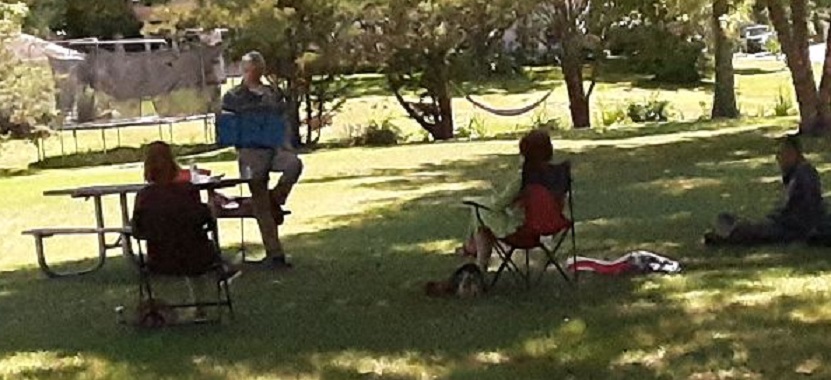
During the current public health emergency, it is important that to the extent humanly possible, everyone should maintain social distancing from everyone other than their own household. Therefore, most traditional live educational activities cannot be done safely at this time.
I’m not a doctor, but to me the evidence seems obvious that in most cases, the main problem is indoor gatherings. This New York Times article, for example, discusses the issue, and this WebMD article, discusses the possible role that building air conditioning systems might play in the spread of COVID-19. Being outdoors does not completely eliminate the possibility of the spread of coronavirus. But it seems like common sense that it’s a lot safer being outside than being inside a building with other people. The CDC’s recommendation is that “in many areas, people can visit parks, trails, and open spaces as a way to relieve stress, get some fresh air, and stay active.”
I believe that the use of outdoor spaces is an excellent way to re-start many activities that have been put on hold. For example, I believe that schools should seriously consider the use of outdoor spaces for classrooms. You can read more about that idea at the website of
Green Schoolyards America. This New York Times article shows how outdoor learning spaces were used by schools during earlier public health emergencies.
Unfortunately, even though some students thrive with distance learning, not all of them do. Whether it’s because of their family situation, a poor internet connection, or just because it’s not their learning style, many students are falling behind both socially and educationally due to the lack of in-person schooling. The use of outdoor spaces can provide these students with a safe place for their education to continue and help stop a new achievement gap.
Similarly, the CDC recommends that communities of faith should consider holding their services outdoors.
I believe the outdoors is a suitable venue for many in-person activities that have otherwise been put on hold. After months of being isolated, it can be refreshing to see colleagues in person, even if they’re behind a mask and six feet away.
Since I’m in the business of presenting educational programs (namely, continuing legal education programs for attorneys), I decided to take the initiative and see whether my programs could be done outside, so I went ahead and scheduled one in a nearby city park. I wanted to start with a small group, so I advertised by e-mail to only about 20 attorneys who live in the general area. The response rate was actually higher than usual, and three attorneys sent an RSVP that they would be attending. Since I wanted the initial group to be small, I didn’t advertise any further.
I asked all of the attendees to either bring their own chair, or plan to sit on the ground. The program was paperless. Ordinarily, I would print the course materials, and there would be a sign-in sheet. Instead, the course materials were downloaded from the web, and I took attendance at the beginning of the program. In the course description, I outlined the physical distancing guidelines.
There were a few bugs (including a few literal ones), but overall, I don’t see why larger events can’t be done outside. The weather was perfect. It was a sunny day, but as you can see from the photo above, we were able to sit in the shade. Obviously, this won’t work as well in January in Minnesota, but for much of the year, the weather is suitable. I announced that this program was going to take place rain or shine, and I don’t think rain would have been much of an issue, if attendees simply brought an umbrella or raincoat.
I did learn a few lessons:
- Face masks make it harder for people to hear. I started the program wearing a mask, and I asked whether it made it difficult for them to hear me, and they said that it did. Since I was standing more than 20 feet away, we decided that it would be best for me to speak without a mask.
- If we had a larger crowd, it would have been advisable to have a sound system. In an indoor setting, I can easily speak to 20 or 30 people without a PA system. But outdoors, my voice doesn’t carry as well, particularly when airplanes fly over or trucks drive by. Also, if any of the speakers are wearing a mask, the sound system is even more important.
- Some planning does need to be done for seating. One attendee didn’t bring a chair and instead sat on the ground. Apparently, there were enough ants in the park that he had to stand up after 45 minutes.
The outdoor air is not a magic bullet that kills germs. However, it seems to me that an outdoor location is much safer than corresponding indoor spaces. At this time, it ‘s probably not safe to go back to business as usual with respect to things such as education and business. But it seems to me that creative use of outdoor spaces will bring us much closer to normal than we would be able to do with virtual gatherings alone.
In education, for example, some kids simply require in-person instruction. Some of them thrive learning online, and that’s great. But I think even occasional in-person sessions might make a huge difference for some kids. If it’s too risky for them to have their math or English class in a traditional classroom, then it seems to me that educators should at least consider the idea of having those classes outside.
For distance learning, technology is required. But for outdoor learning, very little technology is necessary. As my experience shows, a small public address system would be useful. But other than that, little more than chairs, desks, and a blackboard are required. If there’s a video to be watched, then the students can watch it at home. But it seems to me that many kids need some attention where things can be explained in person, so that the teacher has in-person feedback of whether they’re being understood. That doesn’t require a building–it merely requires a space, and in most cases, an outdoor space will serve the purpose.
I’ll be doing future programs outdoors, and it seems to me that many activities that are normally done indoors, such as meeting with clients, can be safely conducted outdoors. As the weather gets cooler, being outdoors will be less suitable. Therefore, some of my future programs will be in a drive-in format where participants can listen on their car radios.
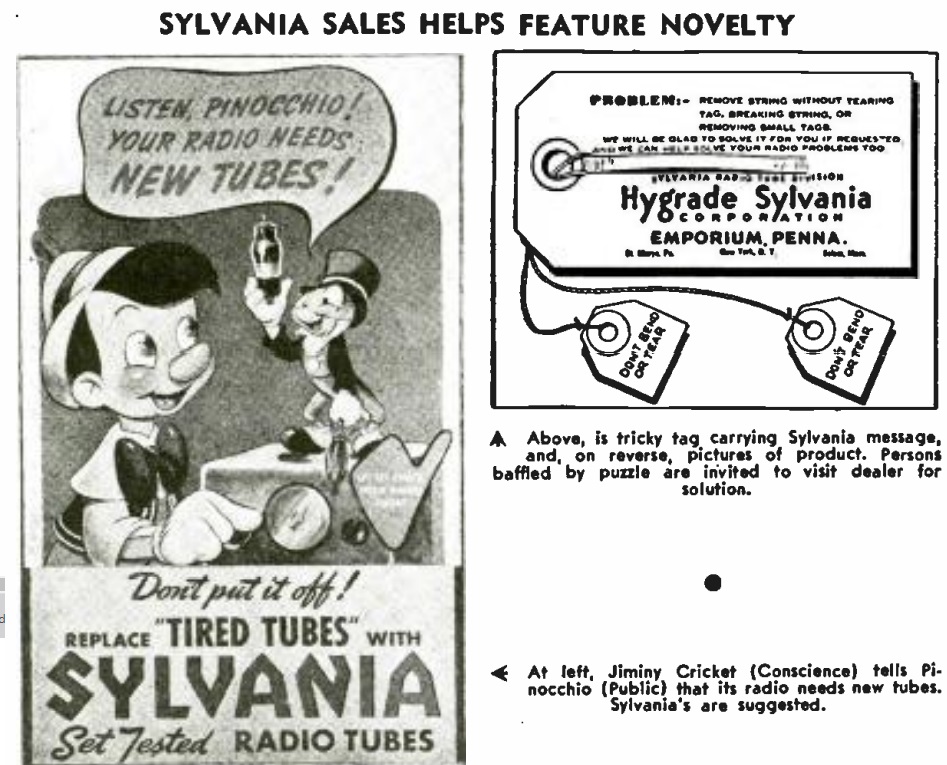 Jiminy Cricket is no fool, so he endorses Sylvania tubes in this ad shown in the July 1940 issue of Radio Craft. It’s not a magazine ad, but instead a picture of a poster that shops could display. And just to be on the safe side, Jiminy strongly suggests that you should just go ahead and replace all of the tubes while you’re at it, even if they’re still good.
Jiminy Cricket is no fool, so he endorses Sylvania tubes in this ad shown in the July 1940 issue of Radio Craft. It’s not a magazine ad, but instead a picture of a poster that shops could display. And just to be on the safe side, Jiminy strongly suggests that you should just go ahead and replace all of the tubes while you’re at it, even if they’re still good.
